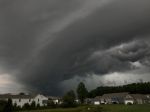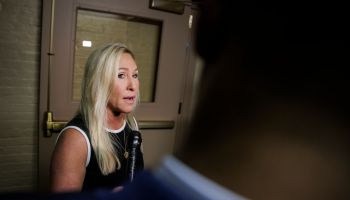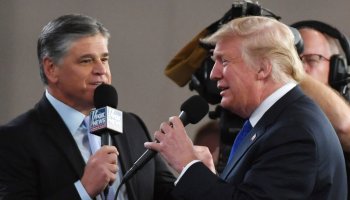The deadly attack on the South signals an extended period of aggression, due to a leadership shift in Pyongyang.
by Jerry Guo
North Korea’s surprise attack last week on the South Korean outpost Yeonpyeong is sharply worrying not just because it marks the first time civilians have been targeted and killed since the end of the war more than a half century ago. Taken in context with its recent deadly brinksmanship—the sinking of the Cheonan, increasing border scuffles, the revelation of a secret nuclear-production plant—and it’s clear this is no longer mere theatrics on the part of the Hermit Kingdom.
Western officials and Korean hands, however, continue to see—or hope—that this latest escalation is North Korea’s jostling for a better hand at the negotiating table; in particular, the country continues to suffer severe food shortages. The uncomfortable truth? What we are seeing is more likely the start of a hardline policy shift, the likes of which the world has not seen since the Stalinist regime’s last power succession, when the Dear Leader, Kim Jong-il, took the reins from his father, Kim Il-sung. Why this scenario is so terrifying is that outside powers—even China, the closest thing North Korea has to a major ally—have little leverage in changing the North’s schizophrenic behavior.
According to two top administration officials, who were not authorized to speak because they are involved in the ongoing deliberations, the White House is adopting a wait-and-see attitude, if nothing else because options to deal with an emboldened North Korean regime are so limited. Granted, the carrier USS Washington has been sent on a four-day joint drill with the South Korean Navy, but the move is largely symbolic. Washington is in a particularly tight spot because any concessions—namely returning to the Six-Party Talks—could be seen as encouraging this sort of bullying, say the two sources.
Indeed, last week’s shelling took place in the same waters as the sinking this March of the South Korean military vessel the Cheonan, which killed 46 sailors. News also emerged in late November, from two returning American delegations, that the nuclear-armed regime has secretly built a second nuclear-production plant, with many analysts expecting the North Korean military to proceed with its third nuclear test shortly.
Growing evidence of North Korean drone flybys and threats in the months leading up to the raid hint at a premeditated attack. But the move looks to be directed inward, suggesting that the Dear Leader’s third son, Kim Jong-un, has already begun the process of cementing his power base in the military-first society. The baby-faced heir apparent was thought to have played a critical role in the Cheonan sinking. These incidents are similar to the deadly antics of Kim Jong-il in his early years as dictator-in-waiting. In 1983 he orchestrated an assassination attempt on the South Korean president, who was traveling in Burma. The failed plot killed 21 people, including several members of the South Korean cabinet. Four years later he allegedly masterminded the bombing of a South Korean airliner bound for Seoul, according to North Korean agent Kim Hyon-hui. The attack killed all 115 on board.
Story Compliments Of Newsweek.com
















